Optimal Timing for Mice Control Measures
Effective mice control requires timing strategies aligned with mice activity patterns and seasonal behaviors. Recognizing the optimal periods for intervention can enhance the success of control measures and reduce infestations.
Mice seek shelter indoors as temperatures drop, increasing the likelihood of indoor infestations during autumn.
As outdoor food sources become scarce, mice move indoors, making early spring an ideal time for control efforts.
Mice often seek warmth inside homes, so late winter can see a surge in activity, requiring targeted control.
New buildings or renovations can create entry points, making post-construction periods critical for preventive control.
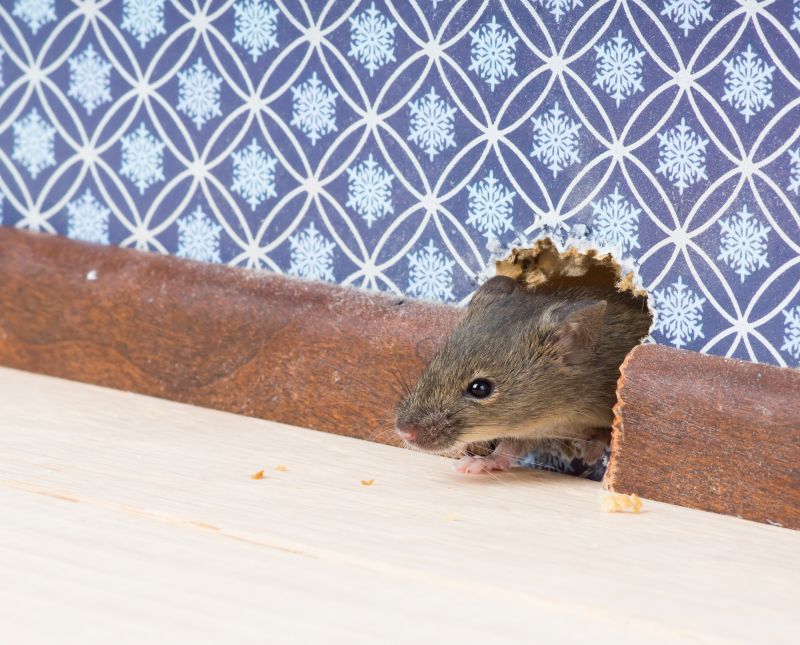
Mice often enter buildings through small openings, especially during seasonal transitions.
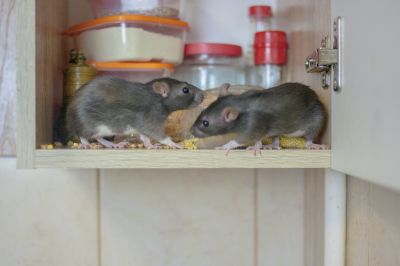
Indoor environments provide warmth and food, attracting mice during colder months.
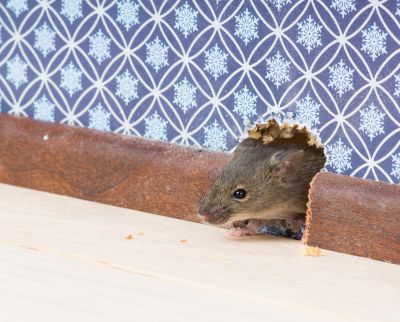
Understanding mice behavior across seasons aids in timing control measures effectively.
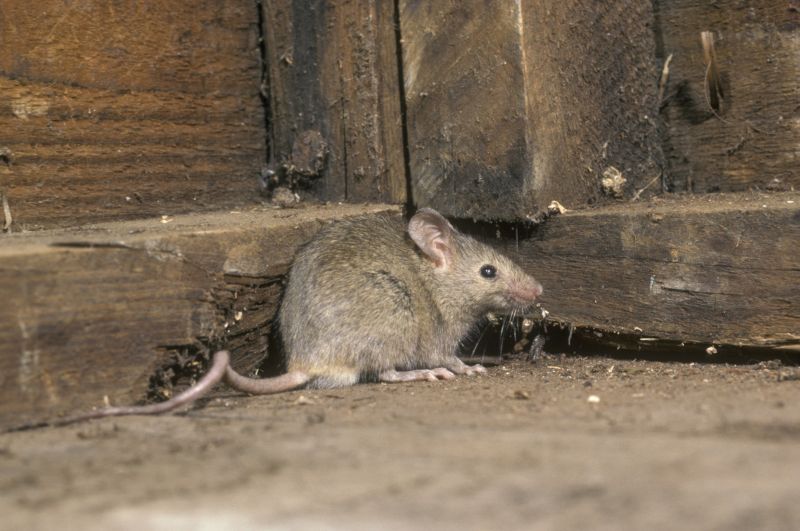
Ways to make Mice Controls work in tight or awkward layouts.
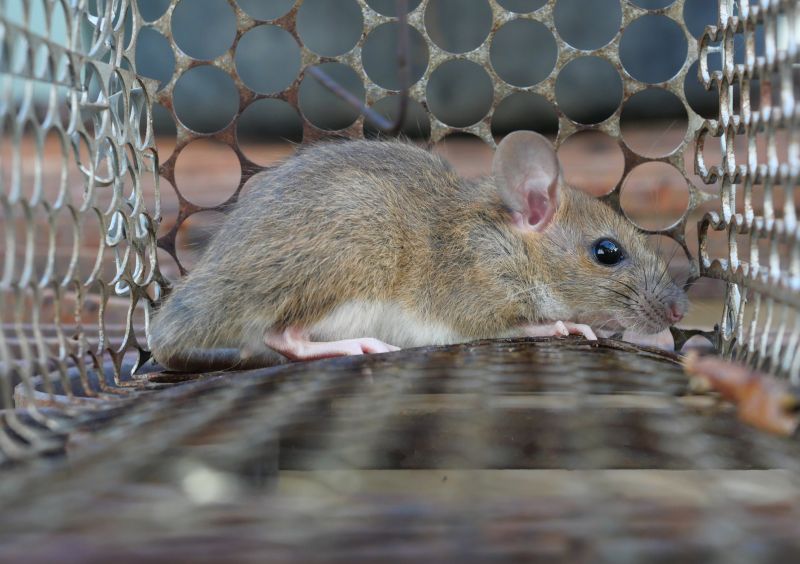
Popular materials for Mice Controls and why they hold up over time.

Simple add-ons that improve Mice Controls without blowing the budget.
Mice control involves identifying entry points, setting traps, and implementing exclusion techniques to prevent future infestations. Seasonal timing is crucial; intervention during peak activity periods ensures better management. Statistics indicate that untreated infestations can lead to property damage and health risks, emphasizing the importance of timely action.
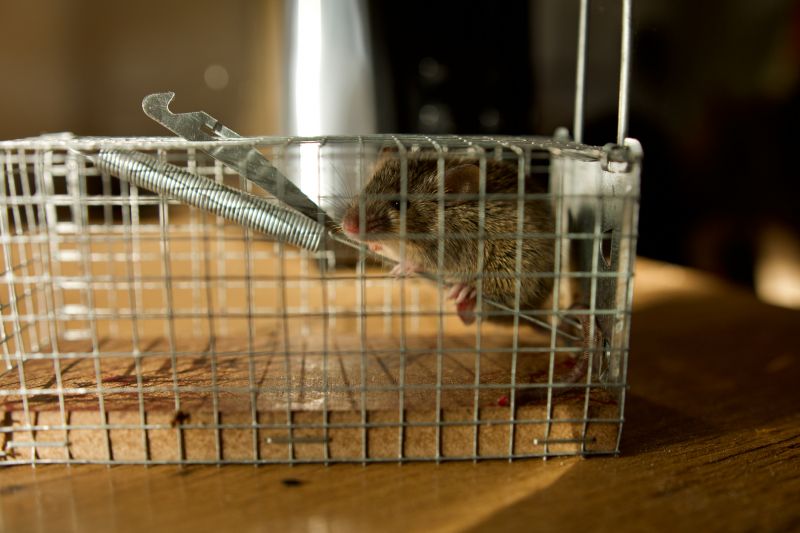
Placement of traps near entry points and along walls increases capture success.
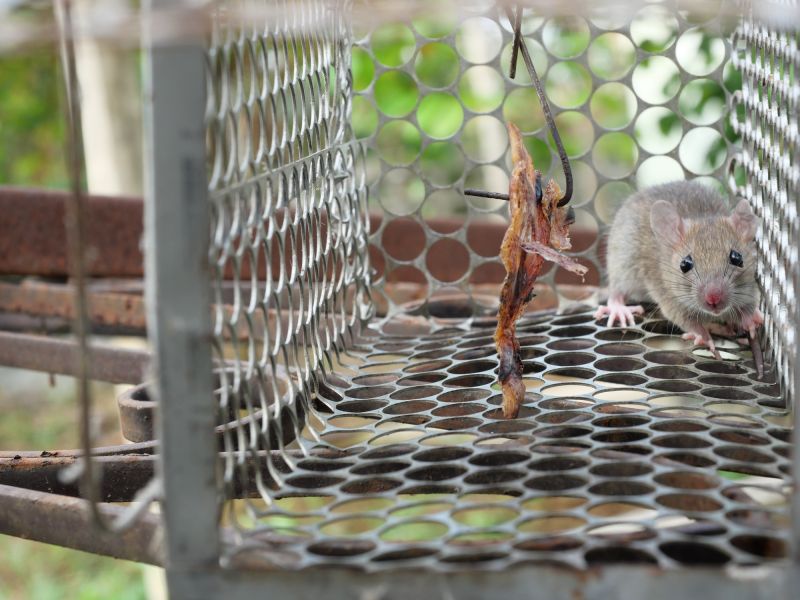
Sealing gaps and cracks prevents mice from entering indoor spaces.
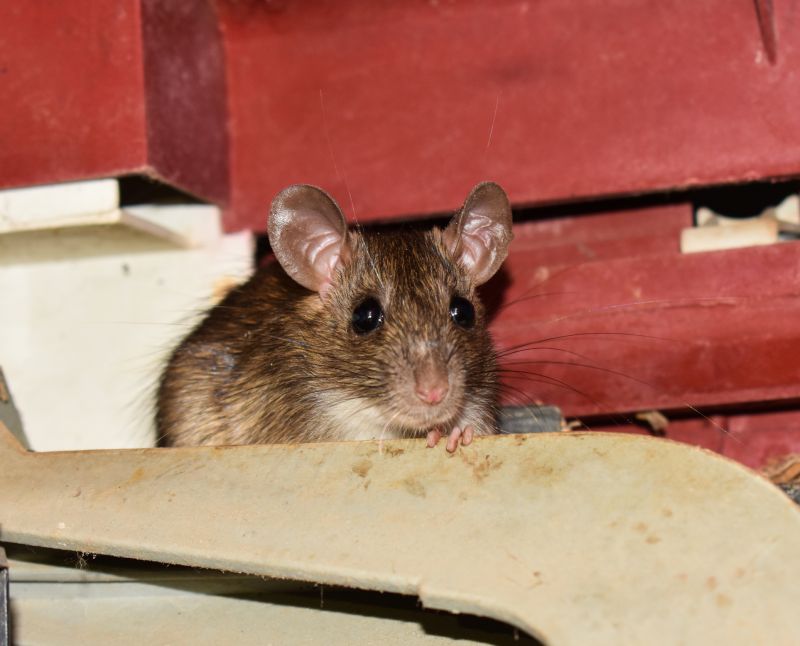
Maintaining clean environments reduces attractants for mice indoors.
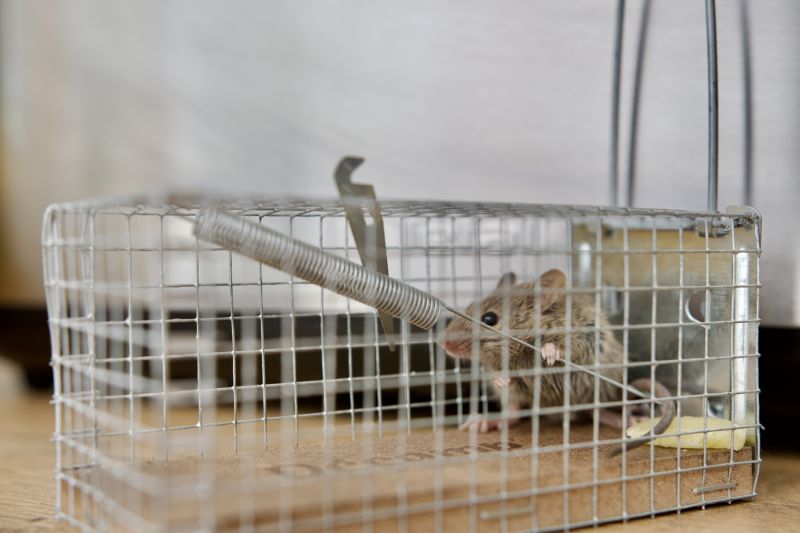
Installing barriers and screens helps keep mice out of buildings.
| Season | Recommended Action |
|---|---|
| Fall | Implement exclusion measures and set traps before mice seek indoor shelter. |
| Early Spring | Inspect and seal entry points as mice begin to move indoors. |
| Late Winter | Increase monitoring and trap placement to address rising activity. |
| Post-Construction | Conduct thorough inspections and seal new entry points. |
| Pre-Seasonal Checks | Perform preventive inspections before high activity seasons. |
Timing control measures according to seasonal behaviors maximizes effectiveness. Regular inspections and early interventions can prevent large infestations, reducing property damage and health risks associated with mice. Proper planning and prompt action are essential components of successful mice management.
